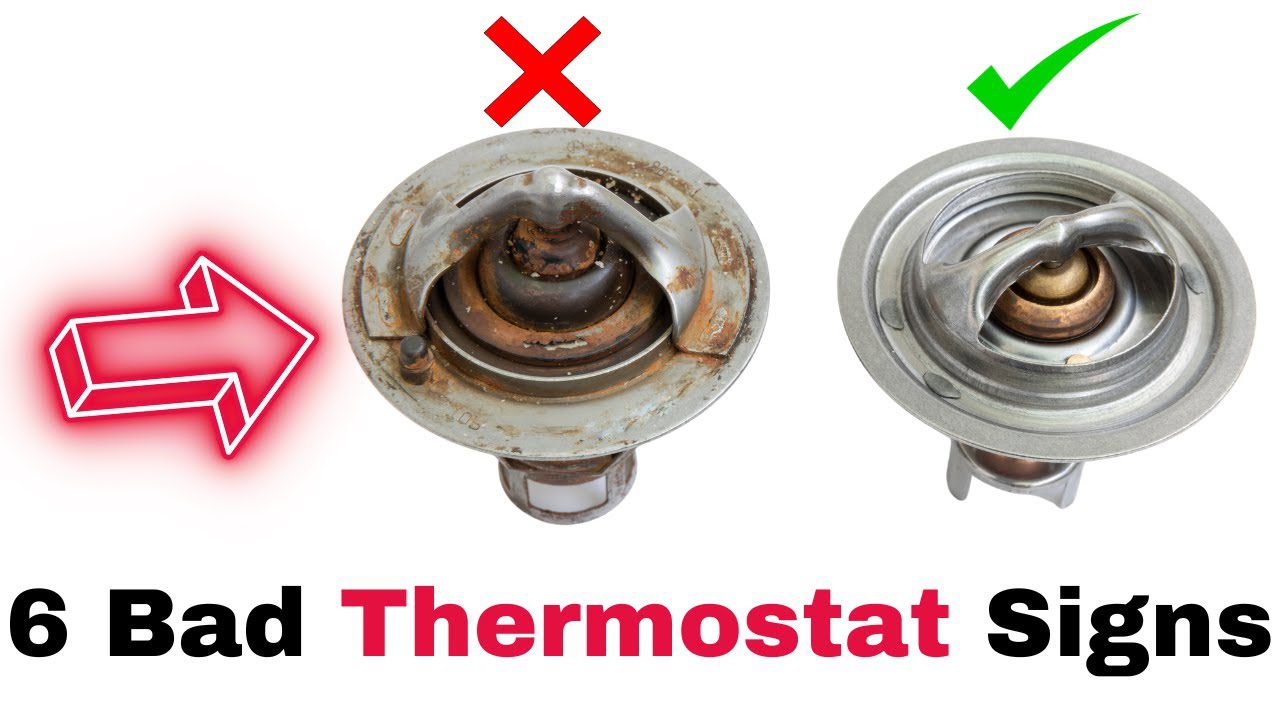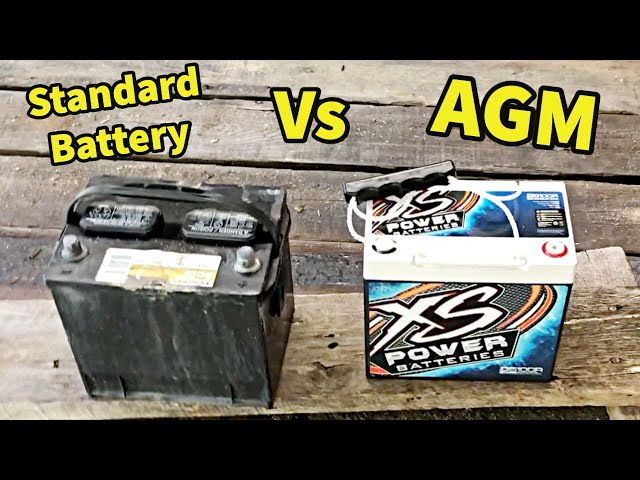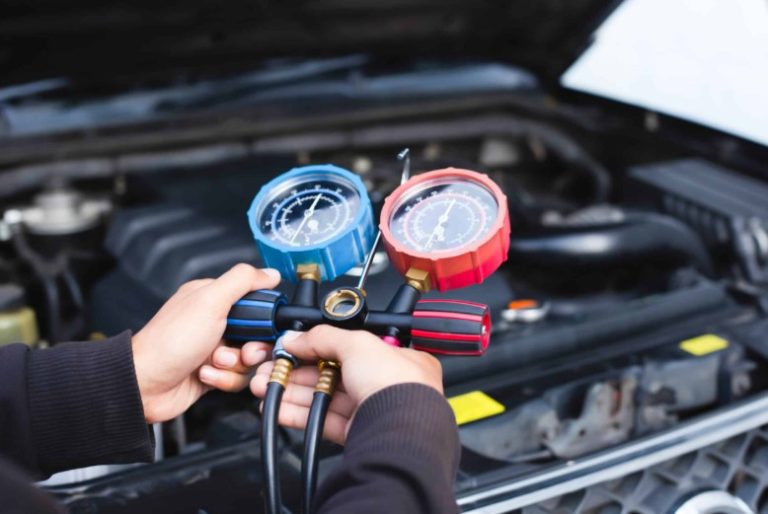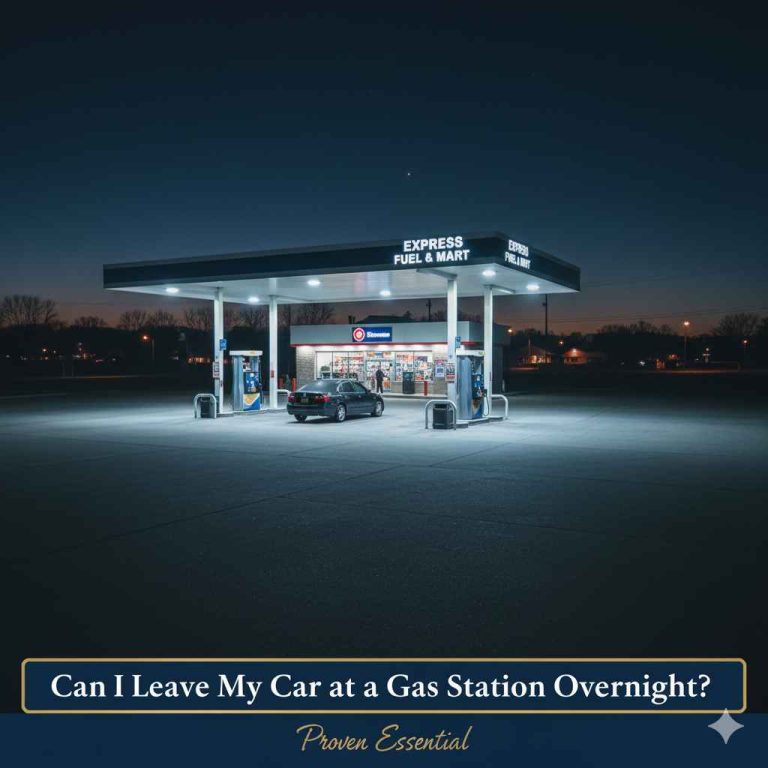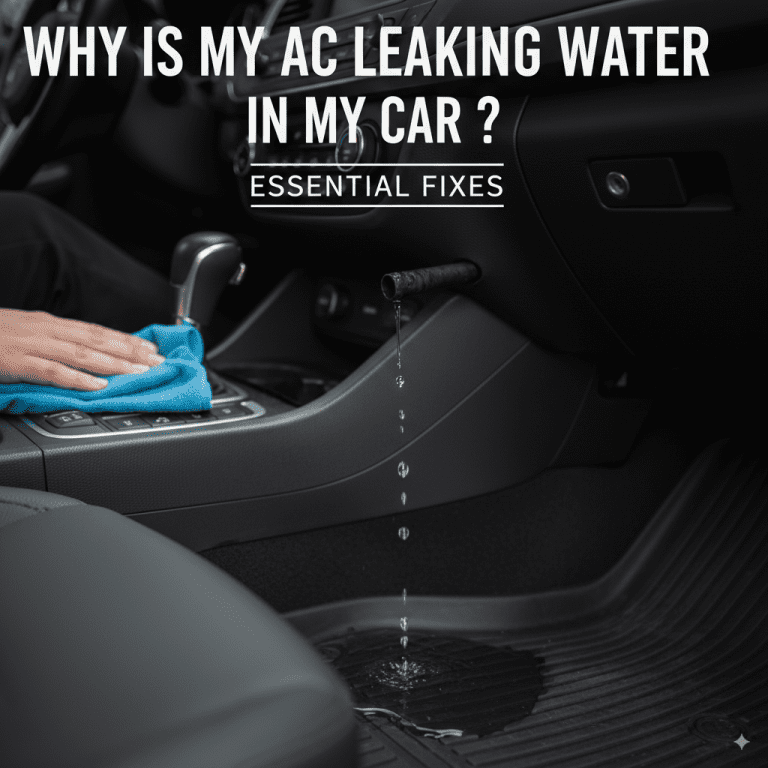How to Tell If Thermostat is Bad in Car: Essential Signs
A bad car thermostat can lead to engine trouble. It might cause overheating or inefficient cooling.
Knowing how to spot a faulty thermostat is crucial for car maintenance. Your car’s thermostat plays a vital role in regulating engine temperature. It ensures smooth functioning and prevents overheating. When the thermostat fails, it can affect your vehicle’s performance, leading to potential damage.
Recognizing the signs of a faulty thermostat early can save you from costly repairs down the line. Whether it’s unusual temperature fluctuations or strange noises, being aware of these indicators can help you address the issue promptly. In this guide, we’ll explore the common symptoms of a bad thermostat, providing you with the knowledge to keep your car running smoothly and safely. Stay tuned to learn more about identifying thermostat problems in your car.
Signs Of A Faulty Thermostat
A faulty thermostat can cause the temperature gauge to show strange numbers. Sometimes it might rise too high. Other times it could drop too low. This happens because the thermostat is not working right. It might not open or close as needed. A stuck thermostat can cause overheating or cooling issues. Always check the gauge regularly. It helps to know if there’s a problem early.
The engine should stay at a steady temperature. If it changes too much, there might be a problem. A bad thermostat can cause the engine to heat up quickly. Or it may take too long to warm up. This affects how well the car runs. It can also cause damage over time. Watch for sudden changes in the engine temperature. This is a key sign of a thermostat issue.
Overheating Engine Symptoms
Steam from the hood is a clear sign. It means the engine is too hot. Steam looks like white clouds. This can happen if the thermostat is bad. The engine cannot cool down. Check the temperature gauge. Is it high? You need to stop the car. Let it cool. Never open the radiator cap while hot. It is very dangerous.
A high temperature warning light is important. It shows on the dashboard. This light means the engine is overheating. A bad thermostat might cause this. The light looks like a red thermometer. It warns you to be careful. Turn off the engine soon. Allow it to cool. Check the thermostat after the engine cools down.
Coolant Flow Issues
Coolant leaks can be a sign of a bad thermostat. Look for wet spots under the car. These spots might be green or orange in color. The coolant is leaking if you see these colors. Check hoses and connections. They should be tight and not dripping. A leak can cause engine problems.
Low coolant levels might mean a problem. The thermostat could be stuck. This can stop the coolant from moving. Check the coolant reservoir. It should be filled to the right level. If it’s low, add more coolant. But, if levels drop often, there is a problem. The thermostat might not be working right.
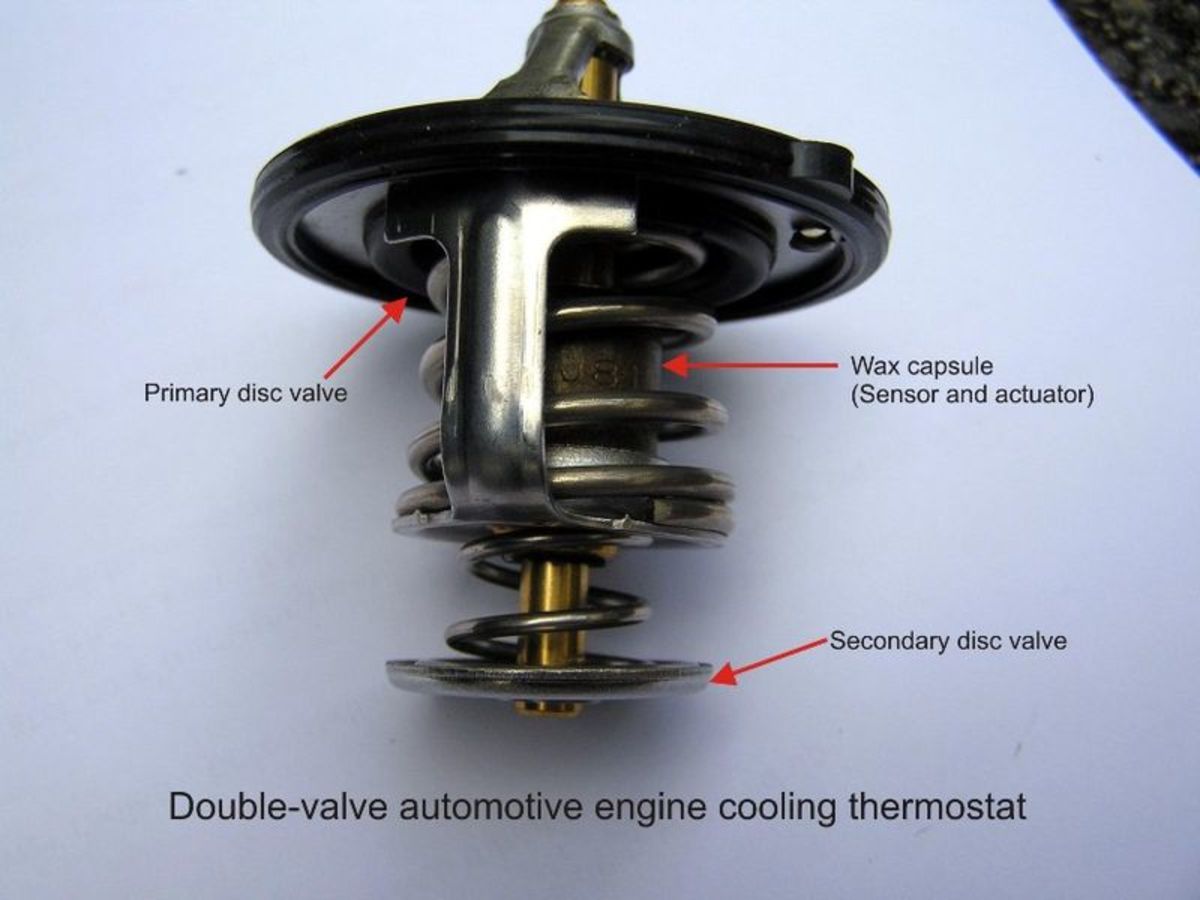
Credit: www.ronyu-china.com
Heater Performance Problems
A bad thermostat might cause weak cabin heat. The thermostat controls the flow of coolant. If it fails, the coolant might not flow properly. This can lead to poor heating. You might feel cold even if the heater is on. The engine temperature might drop too low. This can affect the cabin heat. Check the thermostat if the cabin feels cold.
Inconsistent heating can be a sign of a thermostat issue. The heater might blow hot air one moment. Then it might blow cold air. This can happen without warning. The temperature gauge might show strange readings. Sometimes the needle might move up and down. This can be confusing. A faulty thermostat can cause these problems. It might not regulate the engine temperature well. This affects the heating inside the car.
Thermostat Housing Inspection
Spotting a faulty car thermostat often involves checking for overheating or unusual temperature fluctuations. Inspect the thermostat housing for leaks or corrosion to determine its condition. A stuck thermostat can cause engine performance issues.
Cracks Or Corrosion
Check the thermostat housing for cracks. Cracks can cause leaks. Leaks lead to engine trouble. Corrosion is another sign. It weakens the housing. It can also cause leaks.
Coolant Residue
Look for coolant residue near the thermostat. Residue means there is a leak. Leaks are bad for the engine. They cause overheating. Overheating can damage the engine. Regular checks help you find problems early.
Testing The Thermostat
First, make sure the car is cool. Open the hood and find the thermostat housing. It’s near the engine. Use a wrench to loosen the bolts. Carefully lift the housing. Take out the thermostat. Keep track of all parts.
Place the thermostat in a pot. Fill it with hot water. Watch for the valve to open. It should open at the right temperature. If it stays closed, the thermostat is bad. Replace it if needed. Always be cautious with hot water.
Professional Diagnosis
Cars need a mechanic when things go wrong. Temperature problems in your car are often due to a bad thermostat. The engine may overheat or stay cold. These signs mean the thermostat might be bad. A mechanic can find the problem easily. They know cars well. They use tools to check the thermostat. Mechanics fix it if it’s broken. If you feel unsure, ask a mechanic. They make sure your car runs well. Keep your car safe. Trust a professional.
Mechanics use special tools to test cars. They have thermometers for checking heat. Scanners help find problems inside the car. Thermostat tests tell if it works right. They look at the car’s cooling system. They check hoses and radiators. Tools show where things go wrong. Mechanics know how to use these tools. They make cars run better. They find the problem quickly. Tools are important for car care. They help fix issues fast.
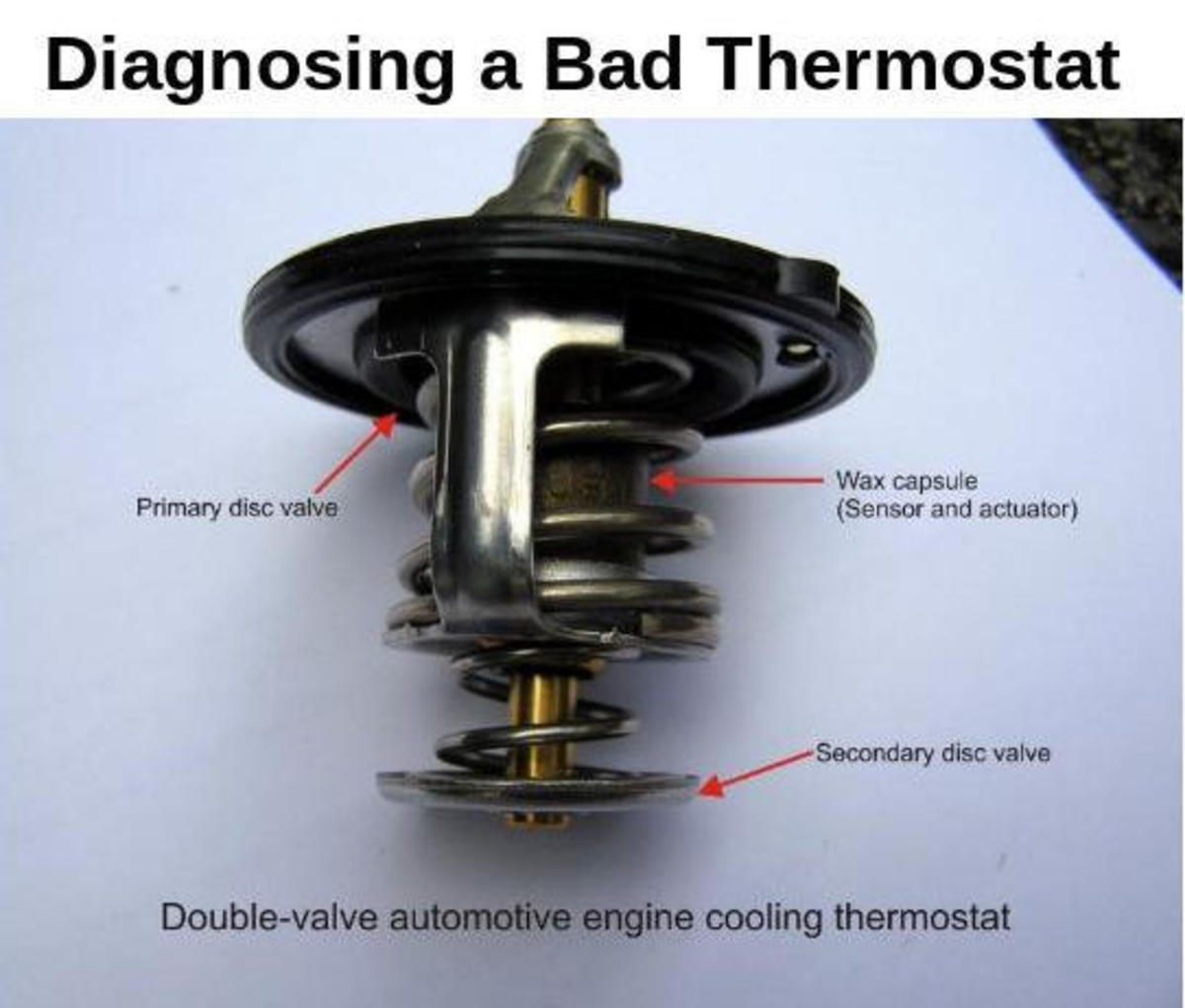
Credit: discover.hubpages.com
Preventive Maintenance Tips
Keeping your car’s coolant system healthy is crucial. Check coolant levels often. Low levels can harm your engine. Inspect hoses for any cracks or leaks. Leaky hoses can lead to overheating. Flush the coolant as advised by your car manual. This keeps the system clean. Monitor engine temperature on the dashboard. If it’s too high, a problem might exist. Remember, a well-maintained system runs smoothly.
A bad thermostat can cause engine trouble. Replace it if you see signs like overheating. Make sure the engine is cool before starting. Locate the thermostat near the engine block. Use the car manual for help. Remove the old thermostat carefully. Install the new one in the same place. Tighten all bolts securely. Finally, refill the coolant and check for leaks. This helps the engine run better.

Credit: www.youtube.com
Frequently Asked Questions
How Do I Know My Car Thermostat Is Bad?
Your car thermostat might be bad if the engine overheats or doesn’t reach optimal temperature. Check for fluctuating temperature gauge readings. Listen for unusual noises from the radiator. Inspect for coolant leaks near the thermostat housing. Consider getting a professional mechanic to diagnose and replace the thermostat if necessary.
How Do I Know If My Thermostat Needs Replacing?
Your thermostat may need replacing if it’s unresponsive, shows incorrect readings, or doesn’t control temperature accurately. Frequent system cycling or a sudden increase in energy bills also indicate issues. Consider replacing if it’s over a decade old or if the display is blank.
How Do I Know If My Thermostat Is Stuck Closed?
Your engine may overheat quickly, and the heater might blow cold air. The temperature gauge could show higher readings.
How To Tell If Your Thermostat Or Water Pump Is Bad?
Check for engine overheating or temperature fluctuations. Listen for unusual noises from the water pump. Inspect for leaks or coolant loss. Feel for weak or no heat from the heater. Observe the thermostat for incorrect temperature readings. Detecting these signs can indicate issues with the thermostat or water pump.
Conclusion
Recognizing a bad thermostat in your car is crucial. Check for overheating signs. Watch out for temperature changes. Pay attention to heater performance. Regular maintenance can prevent issues. Address problems early to avoid costly repairs. Keep your car’s cooling system in good shape.
An efficient thermostat ensures a smooth ride. Stay aware and drive safely.

